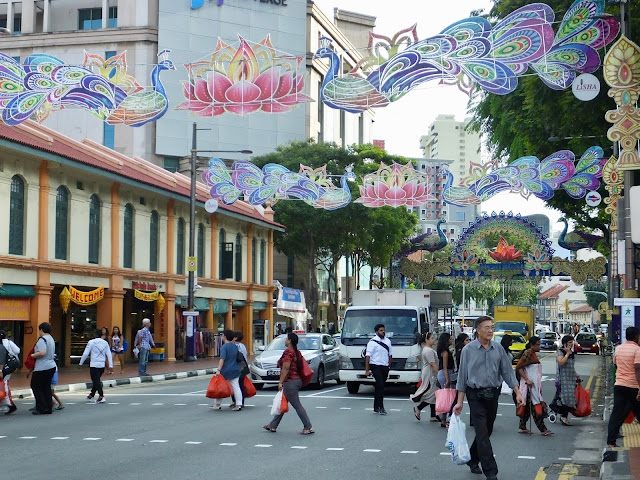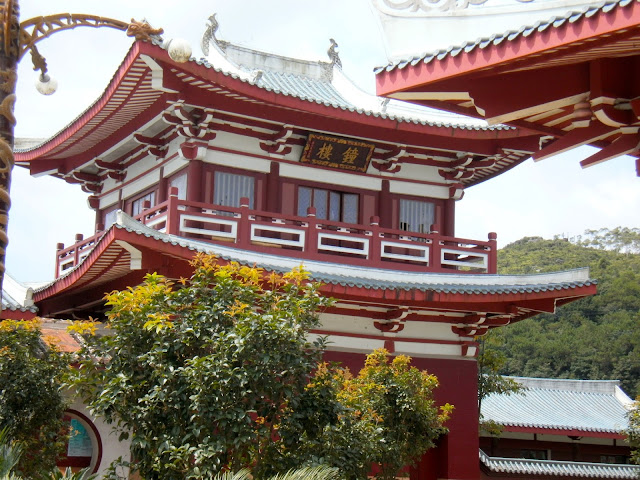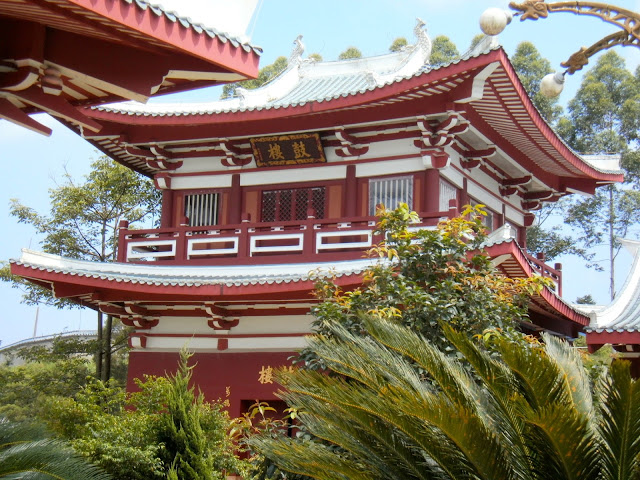China - Shenzhen (Old Street)
中国 - 深圳(老街)
Went China on a business trip and stop over at Shenzhen.
Winter in Shenzhen was not as cold as other parts of China.
In fact the temperature was just nice for me.
So my close friend gave me a nick name "zero degree".
X X X X X X X X X X X X X X X X X X X X X X X X X
X X X X X X X X X X X X X X X X X X X X X X X X X
Walking back to my hotel after dinner.
A woman scavenging the trash can caught my attention.
What shocked me next was that she was eating directly from the bin!
She even passed her son "food" found from the trash can!
The scene had sent chill into my spine.
I stopped her from eating and offered to buy them dinner.
She refused to go with me.
I rushed to get food for them.
When I was back, the woman was still eating the leftovers from the bin.
I passed them the food and drinks.
I told her that she and her son should not be eating waste.
She could be a mute as she never answered any of my questions and only gesture to her son.
Where were they from? Could they have spent all their money yet could not find their loved one?
Where were they heading to? Could they have not enough money to go back their hometown?
No answer from both mother and son.
What saddened me was that, a lot of passers-by walked pass them but none offered help.
Instantly, all the traditional virtues are indifferent.
Friends said that she might be con-woman, just to gain sympathy.
But I thought, even if she was a con-woman, I was only being cheated with one meal.
Sometimes can we just treat others with compassion?
冬天的深圳不比中国的其他地方冷。
其实,对一向怕热的我来说,这天气还挺好的。
当气温在六度以上时,基本上我还是穿T恤和牛仔裤在街上走。
所以我的好友给了我一个外号“零度”。
X X X X X X X X X X X X X X X X X X X X X X X X X
吃完晚餐,朝我住的旅馆走去。
一个脸朝垃圾桶里拾荒的女人,引起了我的注意。
令我震惊的是,那个妇女是直接在垃圾桶里扒饭来吃!
她甚至拿垃圾桶里的“食物”给儿子吃。
这一幕,让我整个脊椎有刺骨的冷。
我阻止她吃,并提议为他们买晚餐。
她拒绝跟我走。
我赶紧为这对母子买晚餐。
当我回来时,那妇人还在垃圾桶里扒着残羹吃。
我把食物和饮料交给他们。
Friends said that she might be con-woman, just to gain sympathy.
But I thought, even if she was a con-woman, I was only being cheated with one meal.
Sometimes can we just treat others with compassion?
到中国出差,在深圳过境。
冬天的深圳不比中国的其他地方冷。
其实,对一向怕热的我来说,这天气还挺好的。
当气温在六度以上时,基本上我还是穿T恤和牛仔裤在街上走。
所以我的好友给了我一个外号“零度”。
X X X X X X X X X X X X X X X X X X X X X X X X X
吃完晚餐,朝我住的旅馆走去。
一个脸朝垃圾桶里拾荒的女人,引起了我的注意。
令我震惊的是,那个妇女是直接在垃圾桶里扒饭来吃!
她甚至拿垃圾桶里的“食物”给儿子吃。
这一幕,让我整个脊椎有刺骨的冷。
我阻止她吃,并提议为他们买晚餐。
她拒绝跟我走。
我赶紧为这对母子买晚餐。
当我回来时,那妇人还在垃圾桶里扒着残羹吃。
我把食物和饮料交给他们。
我告诉妇人,她和儿子不能吃残羹。
妇人有可能是个哑巴,因为由始至终她都没回答我的任何问题,也只对儿子比手势。
他们从哪来?是不是身上的钱用完,还找不到亲人?
他们要去哪?是不是没钱回家乡?
母子俩也没给我任何答案。
令我悲伤的是,很多路人路过他们,却没有人愿意伸出援手。
霎时间,所有的传统美德都淡然无存。
朋友说可能她是个骗子,在博人同情。
但我想,就算她是骗子,我最多也只被骗了一顿饭。
有时我们是不是可以以慈悲之心待人呢?
他们从哪来?是不是身上的钱用完,还找不到亲人?
他们要去哪?是不是没钱回家乡?
母子俩也没给我任何答案。
令我悲伤的是,很多路人路过他们,却没有人愿意伸出援手。
霎时间,所有的传统美德都淡然无存。
朋友说可能她是个骗子,在博人同情。
但我想,就算她是骗子,我最多也只被骗了一顿饭。
有时我们是不是可以以慈悲之心待人呢?












































